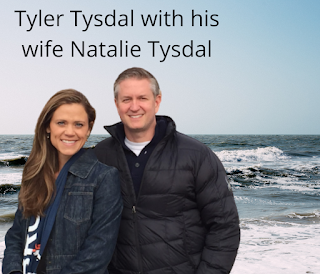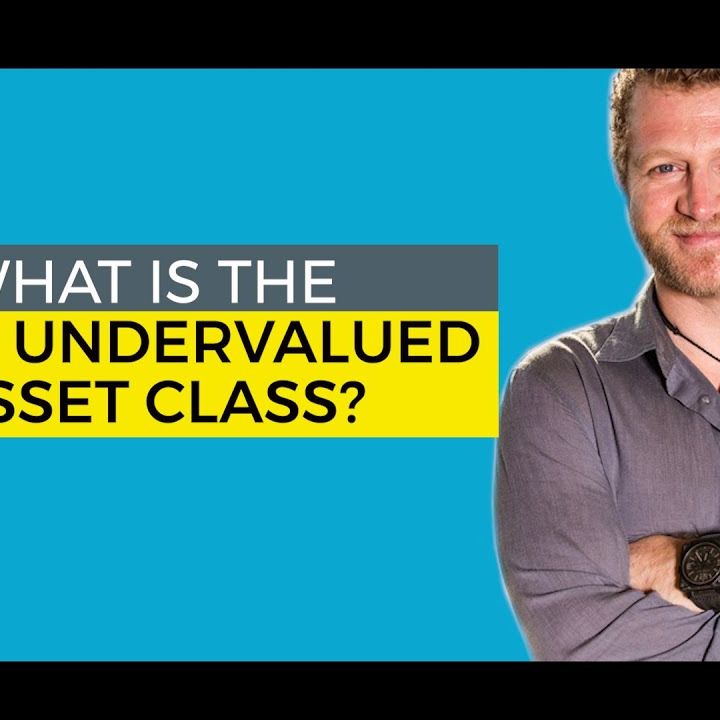To keep learning and advancing your profession, the list below resources will be helpful:.
Growth equity is often explained as the personal investment strategy inhabiting the happy medium in between equity capital and standard leveraged buyout strategies. While this may be true, the method has progressed into more than simply an intermediate personal investing technique. Growth equity is often referred to as the personal investment technique inhabiting the happy medium between venture capital and standard leveraged buyout methods.


Yes, No, END NOTES (1) Source: National Center for the Middle Market. (2) Source: Credit Suisse, "The Amazing Diminishing Universe of Stocks: The Causes and Consequences of Fewer U.S.
Alternative investments are complex, complicated investment vehicles financial investment are not suitable for ideal investors - . A financial investment in an alternative investment requires a high degree of risk and no assurance can be given that any alternative financial investment fund's financial investment goals will be accomplished or that financiers will receive a return of their capital.
This industry details and its importance is a viewpoint only and should not be trusted as the only important details available. Information included herein has actually been acquired from sources believed to be reliable, but not guaranteed, and i, Capital Network assumes no liability for the info provided. This information is the property of i, Capital Network.
This financial investment strategy has actually helped coin the term "Leveraged Buyout" (LBO). LBOs are the main investment method type of most Private Equity firms.
As discussed earlier, the most well-known of these deals was KKR's $31. 1 billion RJR Nabisco buyout. Although this was the largest leveraged buyout ever at the time, many individuals thought at the time that the RJR http://elliottbmnn295.tearosediner.net/understanding-private-equity-pe-investing-tysdal Nabisco offer represented the end of the private equity boom of the 1980s, since KKR's investment, however popular, was ultimately a considerable failure for the KKR financiers who purchased the business.
In addition, a great deal of the money that was raised in the boom years (2005-2007) still has yet to be utilized for buyouts. This overhang of committed capital avoids many financiers from dedicating to invest in new PE funds. In general, it is approximated that PE companies manage over $2 trillion in possessions worldwide today, with near to $1 trillion in committed capital readily available to make brand-new PE financial investments (this capital is often called "dry powder" in the market). .
An initial financial investment could be seed funding for the company to begin constructing its operations. Later on, if the business shows that it has a feasible item, it can acquire Series A funding for additional development. A start-up company can finish numerous rounds of series financing prior to going public or being acquired by a monetary entrepreneur tyler tysdal sponsor or strategic buyer.
Top LBO PE firms are defined by their big fund size; they have the ability to make the biggest buyouts and take on the most financial obligation. LBO transactions come in all shapes and sizes. Overall deal sizes can range from 10s of millions to tens of billions of dollars, and can take place on target companies in a wide array of industries and sectors.
Prior to performing a distressed buyout opportunity, a distressed buyout firm has to make judgments about the target business's value, the survivability, the legal and reorganizing issues that may develop (ought to the company's distressed possessions need to be restructured), and whether or not the financial institutions of the target business will become equity holders.
The PE firm is needed to invest each respective fund's capital within a period of about 5-7 years and after that typically has another 5-7 years to offer (exit) the financial investments. PE firms generally use about 90% of the balance of their funds for new financial investments, and reserve about 10% for capital to be used by their portfolio business (bolt-on acquisitions, additional available capital, and so on).
Fund 1's dedicated capital is being invested gradually, and being returned to the limited partners as the portfolio business because fund are being exited/sold. Therefore, as a PE company nears completion of Fund 1, it will require to raise a brand-new fund from brand-new and existing restricted partners to sustain its operations.